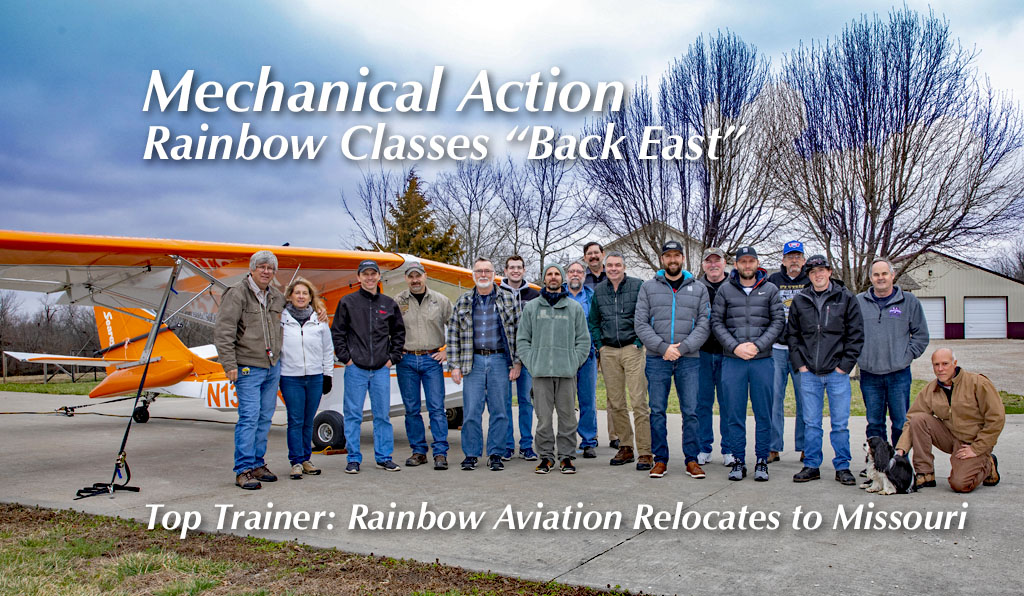
Nine years ago, in 2014, electric aircraft were mostly experiments and the beginning was challenging. Several ill-fated projects attempted to electrically power airplanes that were inappropriate for such a powerplant. Batteries of the day had lousy power-to-weight ratios. Enough juice to lift and fly a two seater, much less a four seater, by an electric motor made for very short duration flights, measured in minutes not hours. An electric Cessna 172 project never succeeded; hardly a wonder. Similar challenges face more than 350 air taxi start-up businesses. Sure, someday you might zip around big cities using UberAir but I think that remains years in the future. Range anxiety felt in electric cars becomes much more intense in an aircraft. On the other hand, electric Part 103 aircraft enjoy two enormous advantages: (1) they only need to fly 30 minutes to an hour to deliver all the fun their owners have in mind; and (2) since Part 103 aircraft are the lightest in powered aviation, lifting them by electric power and batteries is far more achievable with today’s technology.



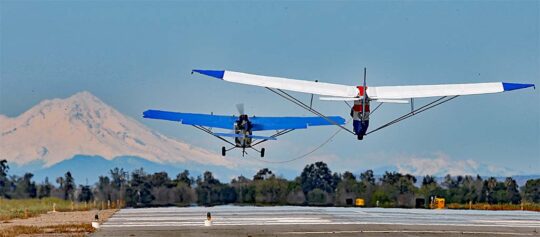
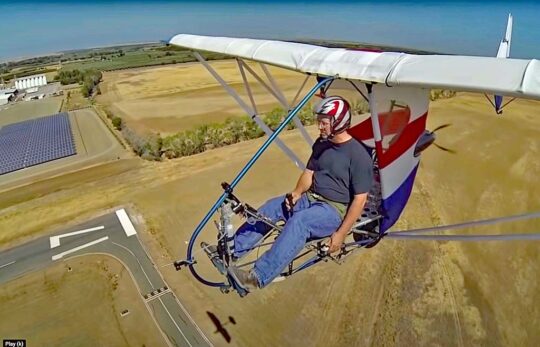
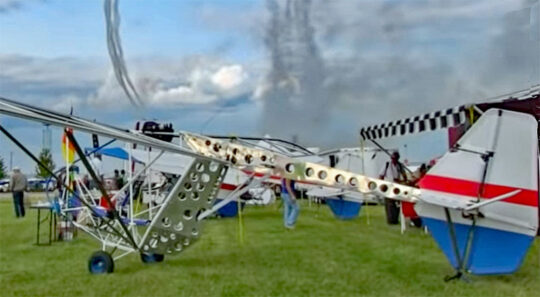
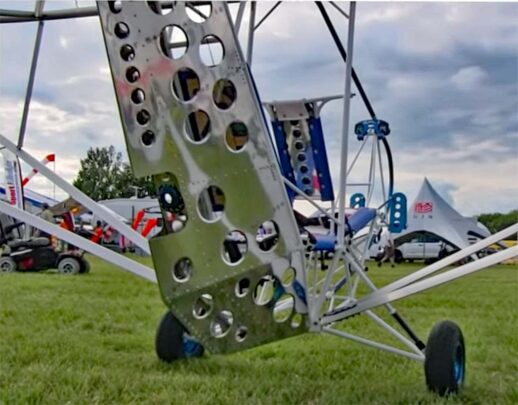 "We did retool and redesign the aircraft and invest in the tooling necessary to be able to produce the majority of the aircraft in-house. This redesign and investment cost more than the original design of the EMG-6. This set the project back by nearly two years.
"Undeterred, we persevered and completed prototype #2. In the bankruptcy of Quicksilver we lost the templates for building the Dacron sailcloth covers." With little alternative, Brian related, "We started the process of building a new set of templates for the Dacron sailcloth-covered wings and the new aircraft design."
"We did retool and redesign the aircraft and invest in the tooling necessary to be able to produce the majority of the aircraft in-house. This redesign and investment cost more than the original design of the EMG-6. This set the project back by nearly two years.
"Undeterred, we persevered and completed prototype #2. In the bankruptcy of Quicksilver we lost the templates for building the Dacron sailcloth covers." With little alternative, Brian related, "We started the process of building a new set of templates for the Dacron sailcloth-covered wings and the new aircraft design."
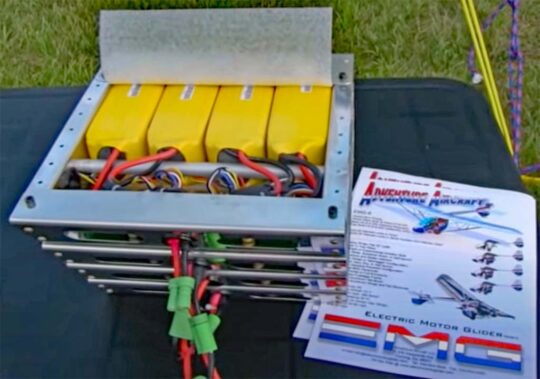 Work also continued with the MGM Compro motor system. This was early in electric aircraft development; motor and controller delays also stymied the EMG project.
Work also continued with the MGM Compro motor system. This was early in electric aircraft development; motor and controller delays also stymied the EMG project.
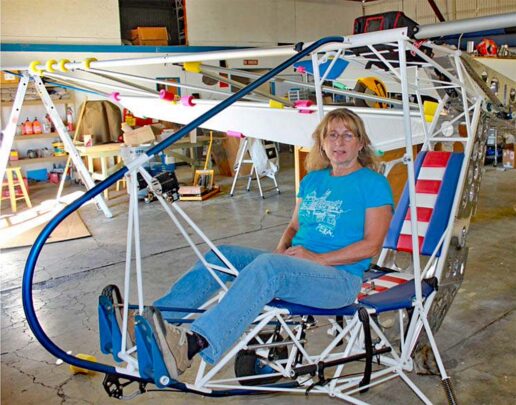
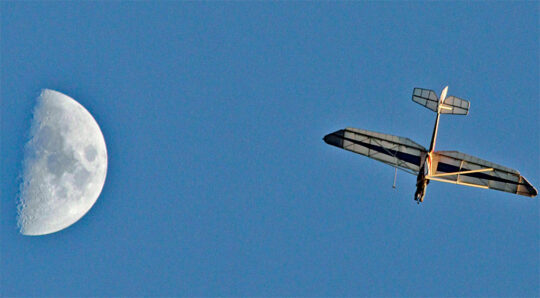 Brian yearned at the end of our phone call, "I'm dying to get back on it. I have three in the rafters and I have motors [and many other components]." The tooling did travel from California to Missouri, he noted.
Yet with Mosaic throwing curveballs at their essential Repairman training courses, Brian and Carol are keeping a tight focus on providing comments and solutions to FAA.
One day EMG might reemerge, but yes or no, this project fascinated hundreds of thousands — literally, as nearly 400,000 have viewed the 2014 interview produced by
Brian yearned at the end of our phone call, "I'm dying to get back on it. I have three in the rafters and I have motors [and many other components]." The tooling did travel from California to Missouri, he noted.
Yet with Mosaic throwing curveballs at their essential Repairman training courses, Brian and Carol are keeping a tight focus on providing comments and solutions to FAA.
One day EMG might reemerge, but yes or no, this project fascinated hundreds of thousands — literally, as nearly 400,000 have viewed the 2014 interview produced by 
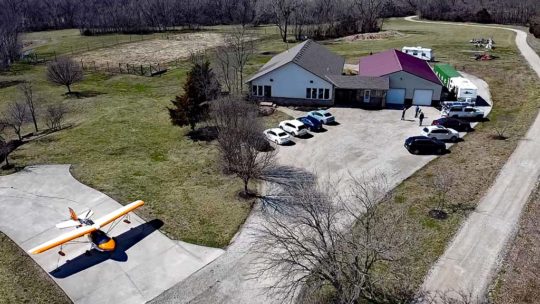 Years ago at the very beginning of Light-Sport Aircraft and Sport Pilot,
Years ago at the very beginning of Light-Sport Aircraft and Sport Pilot, 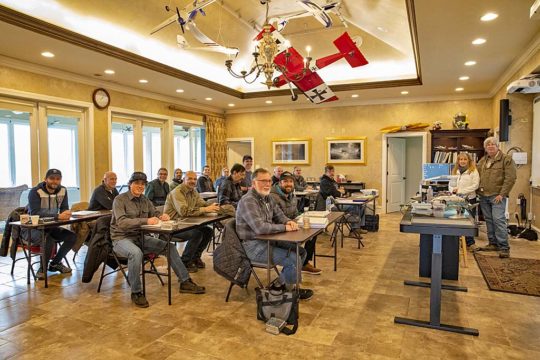
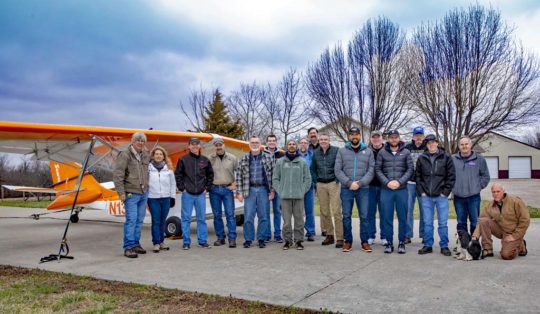 Rainbow's 15-day Light Sport Repairman Maintenance Courses are taught in their new home facility in Kingsville, Missouri. These courses allow the students to obtain an FAA Light Sport Repairman Certificate with a Maintenance Rating (LSR-M), giving them the equivalent privileges of a Airplane and Powerplant (A&P) with an Inspection Authorization (IA), but limited to light sport aircraft.
Unlike the simpler, shorter LSR-I course, a person completing the longer, more involved LSR-M course may perform maintenance and inspections on anyone’s Special LSA or Experimental LSA and may charge for their services.
Rainbow's 15-day Light Sport Repairman Maintenance Courses are taught in their new home facility in Kingsville, Missouri. These courses allow the students to obtain an FAA Light Sport Repairman Certificate with a Maintenance Rating (LSR-M), giving them the equivalent privileges of a Airplane and Powerplant (A&P) with an Inspection Authorization (IA), but limited to light sport aircraft.
Unlike the simpler, shorter LSR-I course, a person completing the longer, more involved LSR-M course may perform maintenance and inspections on anyone’s Special LSA or Experimental LSA and may charge for their services.
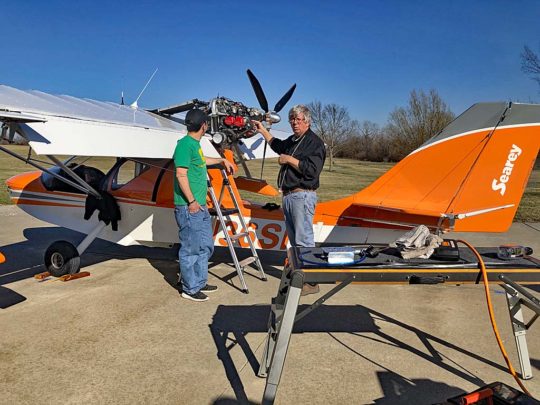
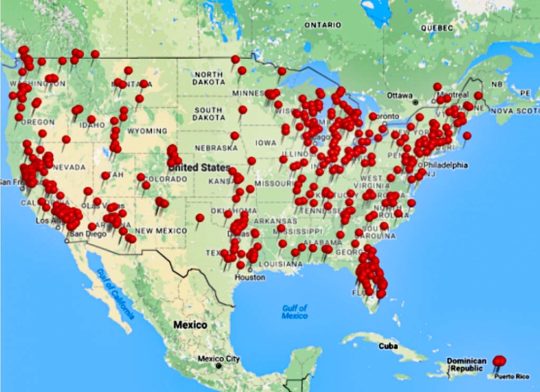 Rainbow's LSR-M class is an FAA approved workshop and an FAA certificate will be issued after successful completion. You do not have to own an aircraft. You do not need to be a pilot. You may charge for your services. The fee for the LSRM course: $4,195 or $3,995 (if paying in cash), which considering you can earn money afterward, represents a good bargain.
Classes before June this year are full, so the next opportunities are June 15 to June 30, 2020 and August 31 to September 15, 2020
Rainbow's LSR-M class is an FAA approved workshop and an FAA certificate will be issued after successful completion. You do not have to own an aircraft. You do not need to be a pilot. You may charge for your services. The fee for the LSRM course: $4,195 or $3,995 (if paying in cash), which considering you can earn money afterward, represents a good bargain.
Classes before June this year are full, so the next opportunities are June 15 to June 30, 2020 and August 31 to September 15, 2020
